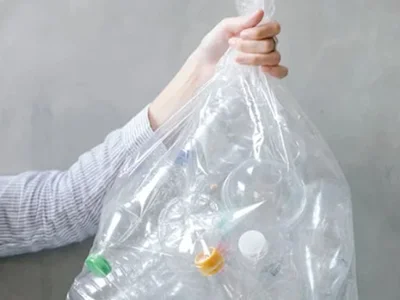5 Simple Techniques For Reclaim Waste
The smart Trick of Reclaim Waste That Nobody is Discussing
Table of Contents6 Easy Facts About Reclaim Waste DescribedExamine This Report about Reclaim WasteThe Definitive Guide for Reclaim WasteFascination About Reclaim WasteLittle Known Questions About Reclaim Waste.
Domestic sewage waste refers to the waste and items from a household septic storage tank. The correct management and disposal of domestic sewer waste call for liquid waste to be transferred to a sewer therapy plant where the correct approaches and equipment are applied to cleanse and dispose of waste.
Business waste frequently includes possible risks, such as combustible products or a mixture of liquid and solid waste items, and calls for a more advanced and thorough disposal procedure. The disposal of commercial waste usually entails the purification of waste before transportation to guarantee risk-free and correct disposal. Hazardous waste is created from by-products and drainage of industrial processes and production.
This type of waste can not make use of the same sewage monitoring transportation or processes as septic or industrial fluids. The hazardous waste administration procedure needs the examination and screening of fluid waste prior to it goes through the disposal process (liquid waste disposal). Drainage waste is the fluid waste that comes from drainage and excess stormwater in highly populated locations or cities
Drainage waste can trigger contamination and flooding if not dealt with correctly. Ensuring correct waste monitoring can prevent calamities and minimize ecological damage.
The Definitive Guide for Reclaim Waste
Get in touch with PROS Providers today to find out about our waste monitoring and disposal services and the appropriate means to care for the liquid waste you generate.
(http://peterjackson.mee.nu/where_i_work#c2441)Do you understand what happens to your water when you disengage, flush the bathroom or drain the washing machine? No? Well, it's worth recognizing. This so-called 'wastewater' is not just an important source however, after therapy, will be launched to our land, waterways or the ocean. Made use of water from commodes, showers, bathrooms, kitchen sinks, washings and industrial processes is called wastewater.

water utilized to cool down machinery or tidy plant and equipment). Stormwater, a kind of wastewater, is runoff that flows from farming and metropolitan locations such as roofings, parks, yards, roadways, courses and gutters right into stormwater drains pipes, after rainfall. Stormwater flows without treatment straight to local creeks or rivers, ultimately getting to the sea.
The Facts About Reclaim Waste Revealed
In Queensland, most wastewater is treated at sewage treatment plants. Wastewater is transferred from domestic or industrial sites through a system of drains and pump stations, known as sewerage reticulation, to a sewer treatment plant.
The Division of Natural Resources recommends local governments about managing, operating and maintaining sewage systems and therapy plants. In unsewered areas, city governments may call for homeowners to set up private or house sewage treatment systems to deal with domestic wastewater from commodes, kitchen areas, washrooms and washings. The Department of Natural Resources authorises using home systems when they are proven to be reliable.
A lot of stormwater receives no therapy. In some new communities, treatment of some stormwater to get rid of trash, sand and gravel has started using gross contaminant traps. Wastewater therapy occurs in 4 phases: Eliminates strong matter. Bigger solids, such as plastics and various other items mistakenly discharged to sewage systems, are removed when wastewater is travelled through screens.
Wastewater then flows right into huge tanks where solids clear up and are gotten rid of as sludge. Grease and scum are skimmed from the surface area. Makes use of tiny living organisms recognizes as micro-organisms to damage down and remove staying liquified wastes and great particles. Micro-organisms and wastes are incorporated in the sludge. Eliminates nitrogen and phosphorus nutrients that can create algal blooms in our waterways and endanger water life.
Reclaim Waste Can Be Fun For Everyone
Nutrient removal is not available at all sewer treatment plants because it calls for pricey specialist equipment. Clear fluid effluent created after treatment might still have disease-causing micro-organisms - industrial wastewater treatment.

Most wastewater streams right into the sewerage system. Under the Act, neighborhood governments carry out approvals and permits for environmentally appropriate tasks (Ages) including wastewater launches that may have a neighborhood influence.
Reclaim Waste for Dummies
Tracking provides accurate info concerning water Discover More quality and can confirm that permit problems are being satisfied. The details acquired through tracking supplies the basis for making water high quality decisions.